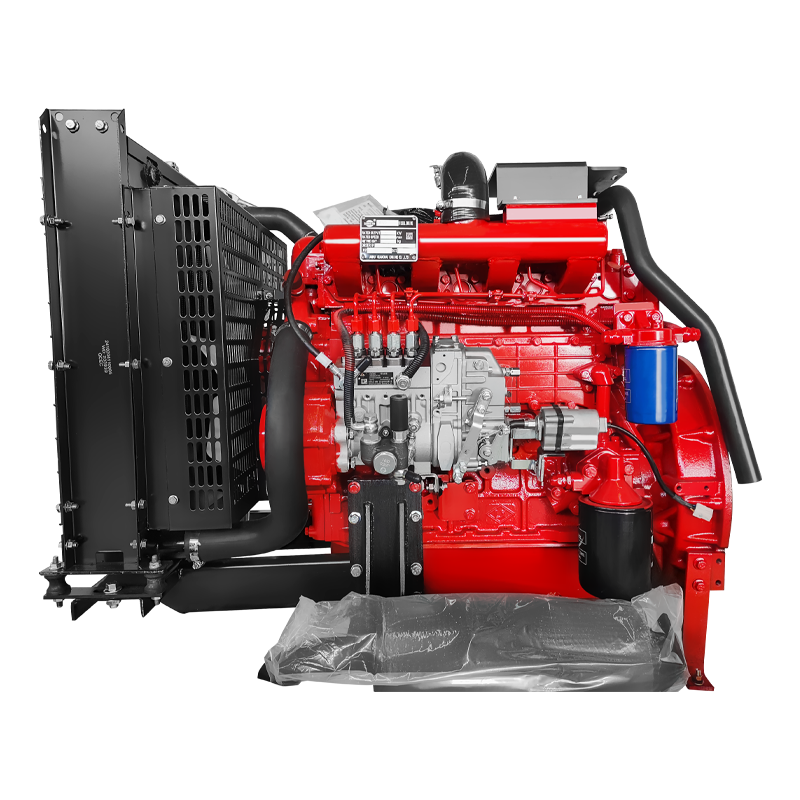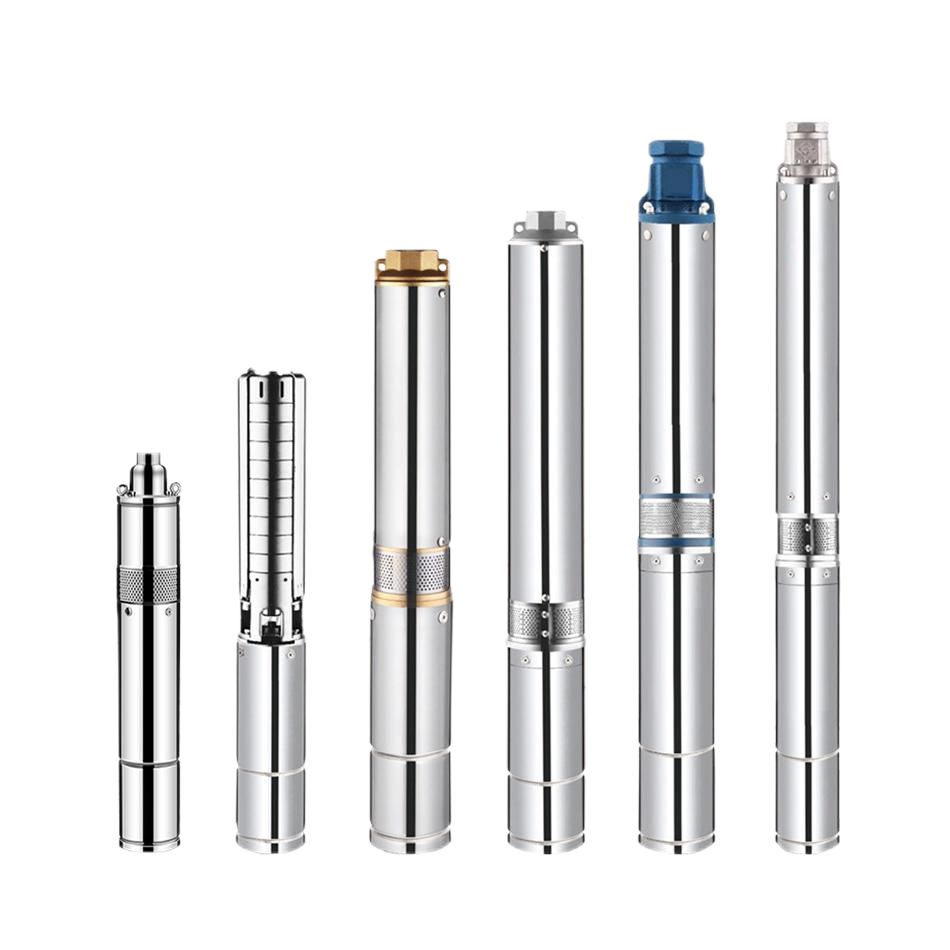- DN range: 50-400mm (2"-16")
- Drain pipe DN range :32-350 mm(1.5 "-14")
- Traffic capacity range :50-5000 GPM
- Head/pressure range :4-14 bar
- Power range :4-325 kW
NFPA Compliant Packaged Stainless Steel Fire Pump Set Electric Diesel Jockey Pump
Fire Pump and System
v Switch Automatically among the three pumps
v Both Manual and Automatic operation is available
v Can work when the power is off
v Easy Installation
v Customized size and pump group
v YE3 high efficient motor with protection IP55 classF
v High performance and low power consumption
v Pump case with Anti-corrosive coating
v With quality NSK bearings, wear resistance mechanical seal
v Circuit available up on request
v Different Mounting Styles
v Low Maintenance Cost and avilable spare parts
v Electronic battery charger
- Product Details
- 50Hz product parameter
- 60Hz product parameter
- Videos
- Q&A
We have ISO, CE, CCCF, CB certificates, and we are preparing for UL at present. And we can make certificates like PVOC, PCOC, and SONCAP to help our clients with clearance. YesChamp is advanced NFPA Compliant Packaged Stainless Steel Fire Pump Set Electric Diesel Jockey Pump suppliers and wholesale NFPA Compliant Packaged Stainless Steel Fire Pump Set Electric Diesel Jockey Pump manufacturers, have been export to more than 60 countries with competitive price. OEM/ODM order? Pls contact us for design details, and we will quote you reasonable prices and make samples for you ASAP. We have R&D team.
 English
English عربى
عربى
 Fire Pump and System
Fire Pump and System Split Case Pump
Split Case Pump Engine and Pump
Engine and Pump Long Shaft Pump
Long Shaft Pump Multistage pump
Multistage pump Water Supplier System
Water Supplier System Sewage Pump
Sewage Pump Industrial Pump
Industrial Pump Self-Priming Pump
Self-Priming Pump Inline Pump
Inline Pump Domestic Pump
Domestic Pump Electric Motor
Electric Motor Borehole Pump
Borehole Pump



























